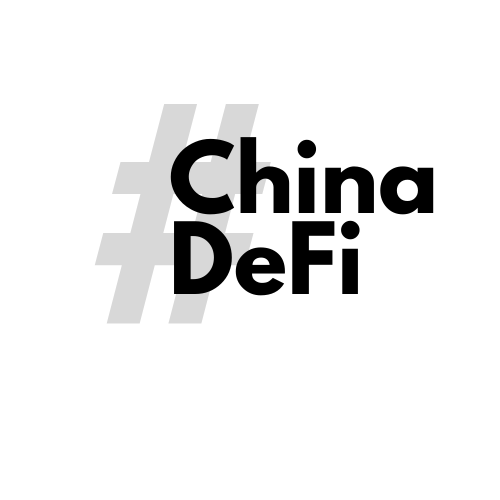Four NFT Tools Teach You How to Compete With Sophisticated Traders
When I started NFTs, I was naive enough to be okay. I'm clumsy at Dutch auctions and don't know anything about the mechanics of gas wars. As I naively read the pages of penguins and primates on OpenSea, I had no idea of the armies of sophisticated traders and robots lurking beneath the surface.
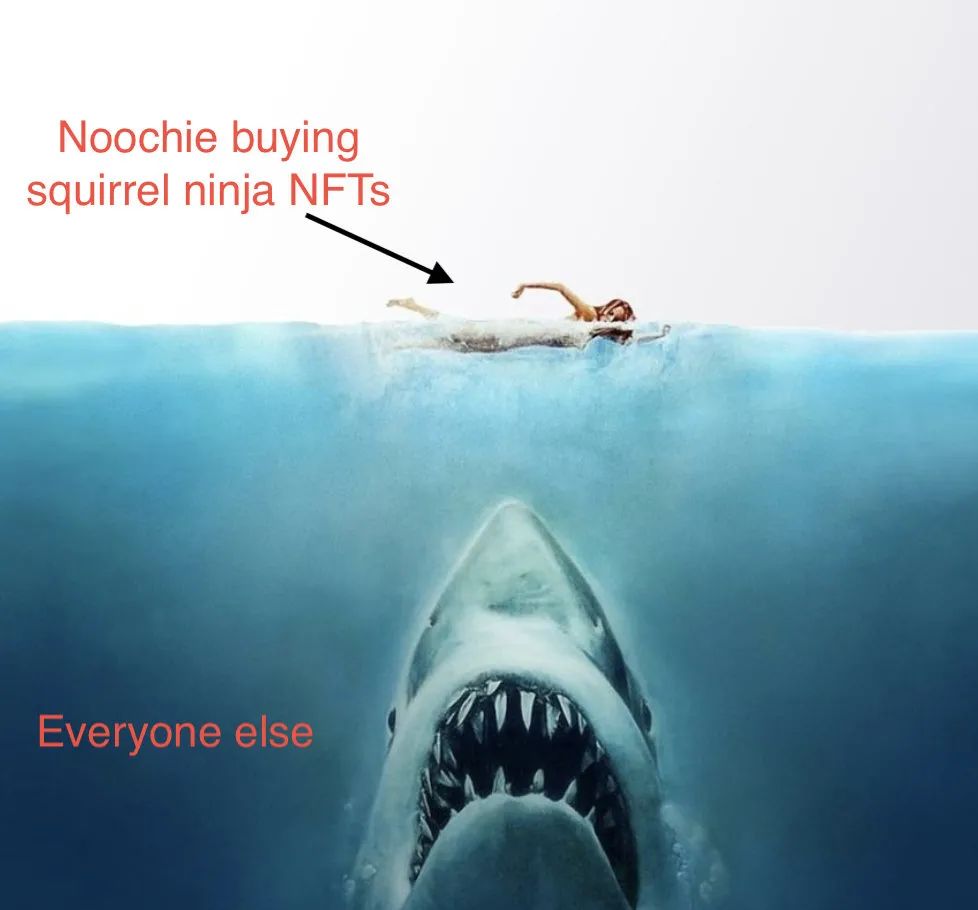
Competing with traders armed with algorithms, data scrapers, and vast sums of money can look like you are facing an insurmountable enemy. But not to worry, this article will provide four tools (free and paid) to help us level the playing field.
Tool 1 - Gas Estimator, recommended: Block Native (free)
Why is it important? During any mass minting, there is bound to be a gas war. Understanding changing gas prices and block times is key to successful minting.
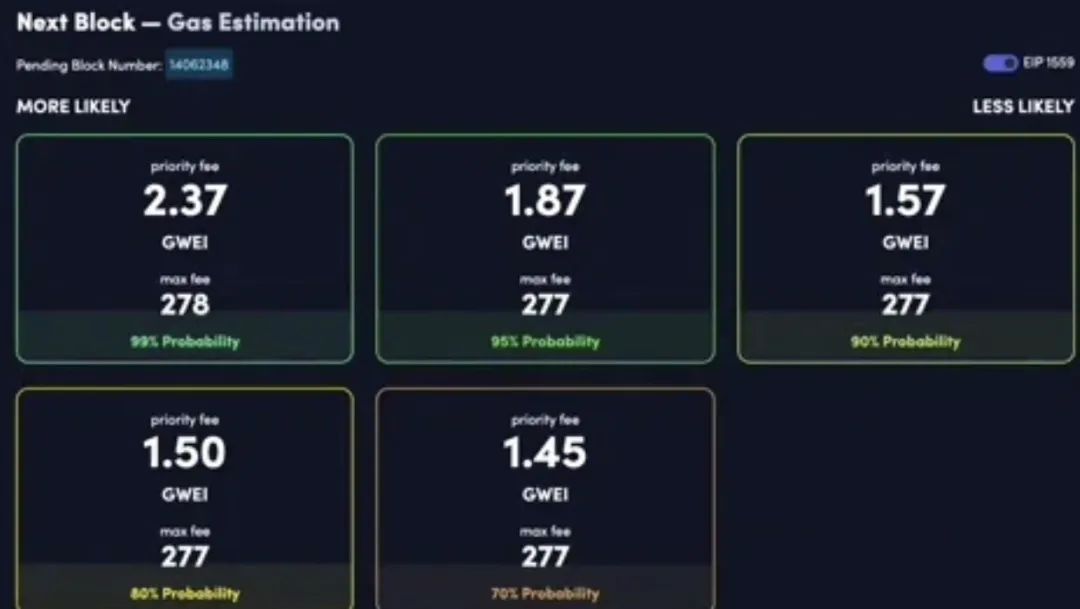
Every 14 seconds, miners choose which transactions to add to the Ethereum blockchain. If we want our minting transaction to go through, we need to tip the miners.
The thing to remember during minting is that gas is a market, and we have to "beat" the market in order to succeed.
Our competitors tip miners 1.5-3x what blockknatives 99% recommend. To do this, we may need to adjust our wallet settings to allow manual gas entry. For example, in MetaMask, go to Settings > Advanced and turn on Advanced Gas Control. When submitting a transaction, it is desirable to increase the miner fee.
Other benefits: BlockNative can also help us conduct transactions during low gas periods. The chart below shows the cheapest transaction times in history. This is fine if a wallet reorganization or any non-sensitive transaction is going on.
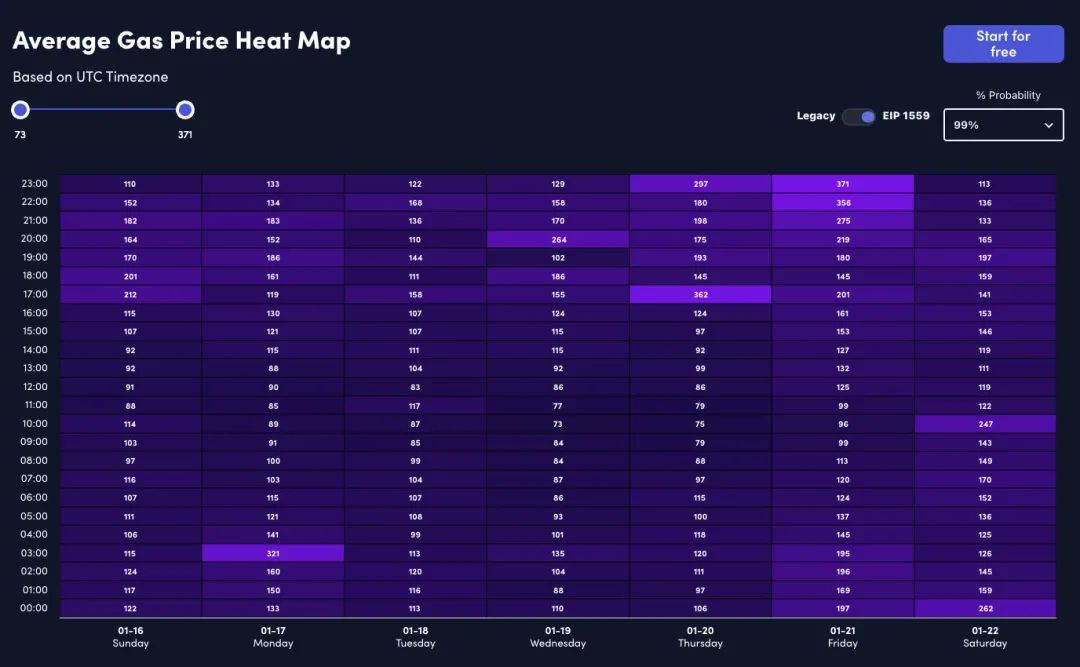
Tool 2 - SuperSea (Paid)
SuperSea is so good it feels like cheating. This little chrome extension covers various tools on OpenSea, which will make us not only more competitive, but sometimes even invincible. My favorite features are:
Schedule automatic purchases based on scarcity or features within a specific price range. This simple, powerful tool allows us to automatically buy new NFTs as they become available, without refreshing them. For me personally, that alone is worth it.

When viewing rare items and buying new arrivals online. This feature is literally YYDS during the show. It will show us the rarity before the image is shown, giving us the opportunity to snipe rare NFTs left at reserve prices with a single click.
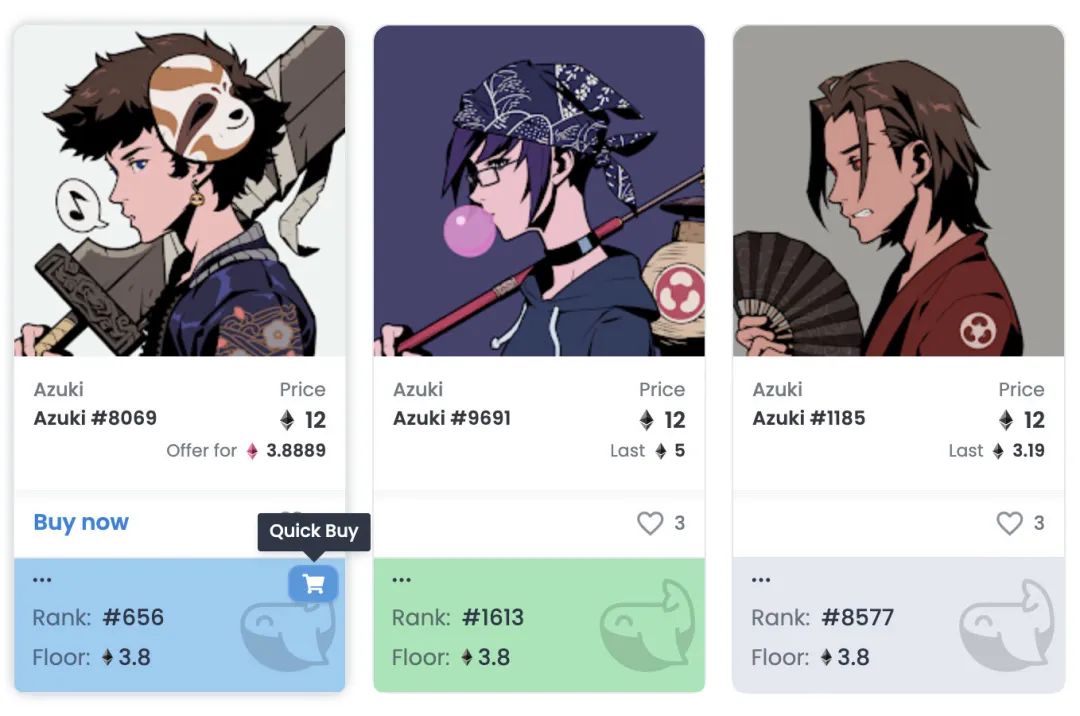
Calculate our total collection value and see reserve prices at a glance. Head over to our profile and it will show the reserve price of our items, as well as the total collectible value for the reserve price. This is much better than clicking through each collection individually to collect data.
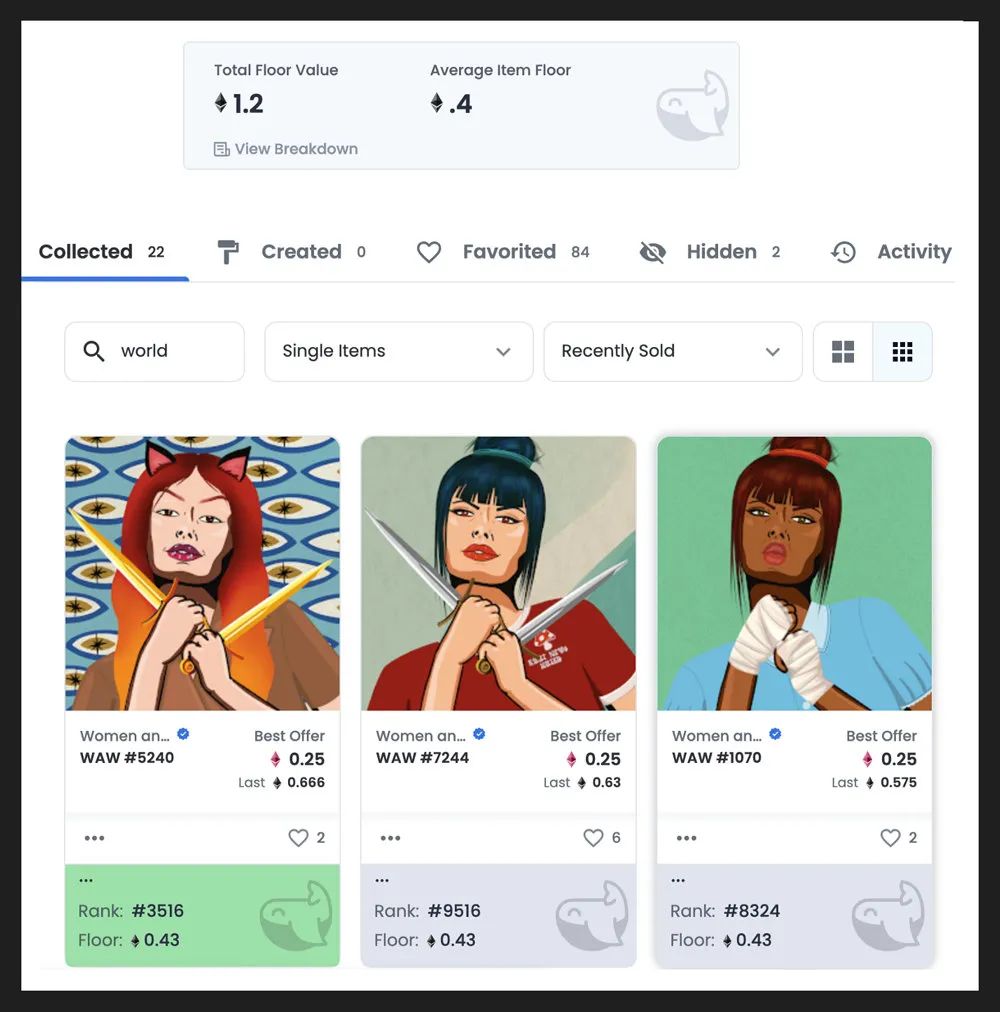
SuperSea has a monthly fee option of 0.1 ETH per month, and a lifetime membership can be purchased at OpenSea.
Disclaimer: The chrome extension is a bit sketchy when it comes to encryption. They can access and edit all sorts of things, which is worrisome when dealing with the irreversible nature of cryptocurrencies. We may need to use our own non-primary wallet and in an isolated browser profile.
Tool 3 - Dominate a Dutch Auction with Etherscan (Free)
For the uninitiated, a Dutch auction sets a buy price for an NFT. The price is then periodically lowered at set intervals until the NFT (or NFT collectible) sells. Example: The most recent Azuki minting is set to start at 1 ETH and decrease by 0.05 ETH every 20 minutes until 8700 are sold out.
For newbies, it can be difficult to navigate without overpaying, or missing out once the auction price drops low enough.
My first Dutch auction was a disaster. I immediately overpaid through casting, then watched in horror as the price dropped 5x before the collection sold out. Thought I'd learned something, but I completely missed the Azuki the second time around, as the entire 8,700-piece collection sold out in minutes while I was fumbling to connect my wallet.
I interviewed some traders on this subject and their consensus and strategies were surprisingly simple. Almost never pull the trigger at the start of an auction. We do not review auction numbers on the mint website. These numbers are delayed and only show successful minting, not pending transactions. This is a huge difference. The data may also be delayed, or incorrect, depending on where the website gets the contract data from.
Enter Etherscan. Calling up the contract on Etherscan, we'll notice a handy indicator that transactions are pending. Selecting this link will display a filtered list of pending transactions.
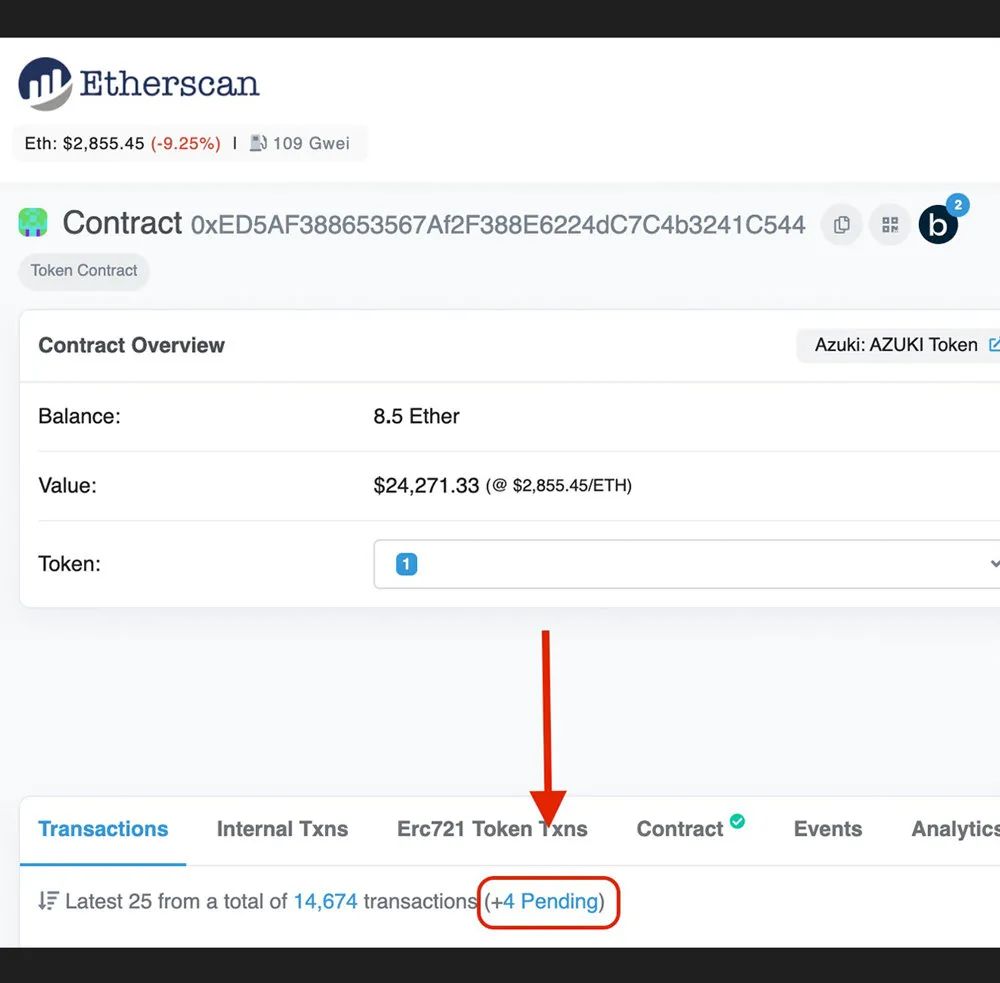
This will show with minimal delay exactly how many transactions are pending, and more importantly, it will give us a fairly accurate figure of how many people are currently sending their requests in the dutch auction. This number will be significantly ahead of the mint website, which will only show who has successfully minted. With pending transactions, we can now get advance notice, which will be far ahead of everyone else. Remember, these deals aren't technologically ahead of us, and if you move fast enough and tip enough, the line can be cut. Using our newfound gas skills from tool 2, make sure we're on the next block! Pair Etherscan's pending transactions indicator with an auto-refresh extension like Easy Chrome Refresh, and you're in business.
Tool 4 - Etherscan, again (cut out the middleman, mint directly on the contract)
When we interact with a project's minting site, we'll add a layer between us and the contract. This layer is the project website. This additional layer creates a coin or miss. A project's website can have a large number of problems. Sites may crash due to heavy traffic, or only allow users in the eastern time zone to generate traffic.
All of these problems can be mitigated by minting directly on the contract. This may seem like a scary topic, but fear not. Etherscan will list the functions of the contract for us.
Honorable Mention: wmgi.io - The only tool you need to track your portfolio (paid)
Having a transparent dashboard in our portfolio is a must if we are serious about collecting and trading NFTs. wgmi.io is this. The app has a set of stacked NFT figures, including one of my favorites, priced per feature.

While this article focuses primarily on buying tools, selling is the other half of the equation. The buy price/date, along with current lows and accumulated volume data, allows us to accurately time exits. Site membership allows us to add multiple wallets by ETH or ENS address.
Original link


